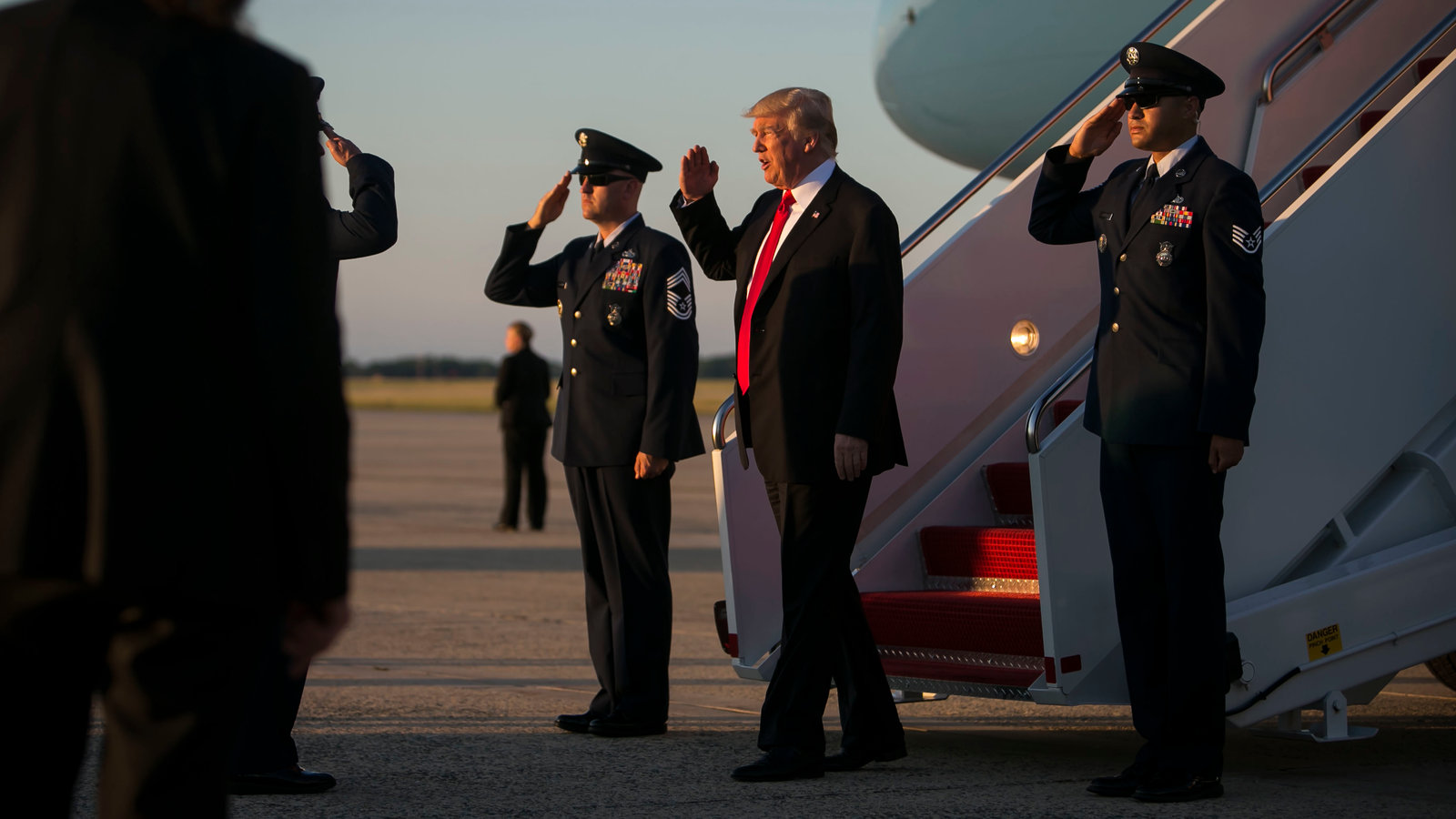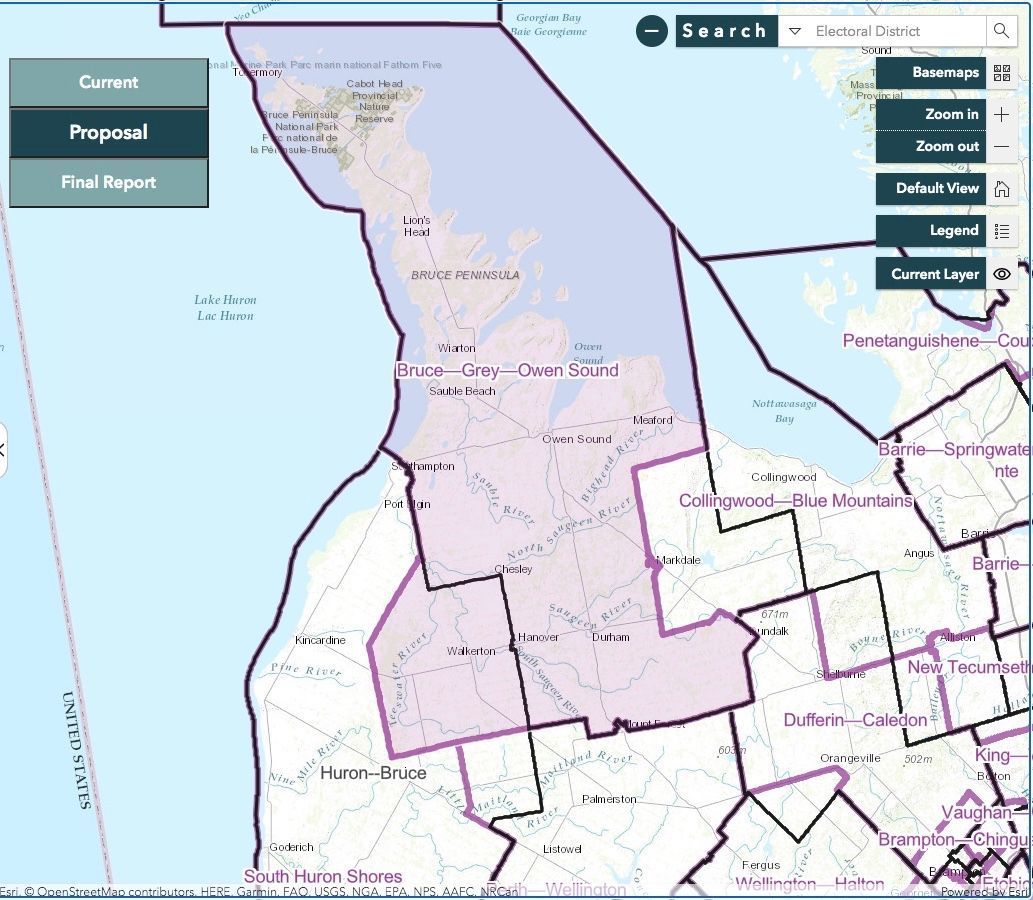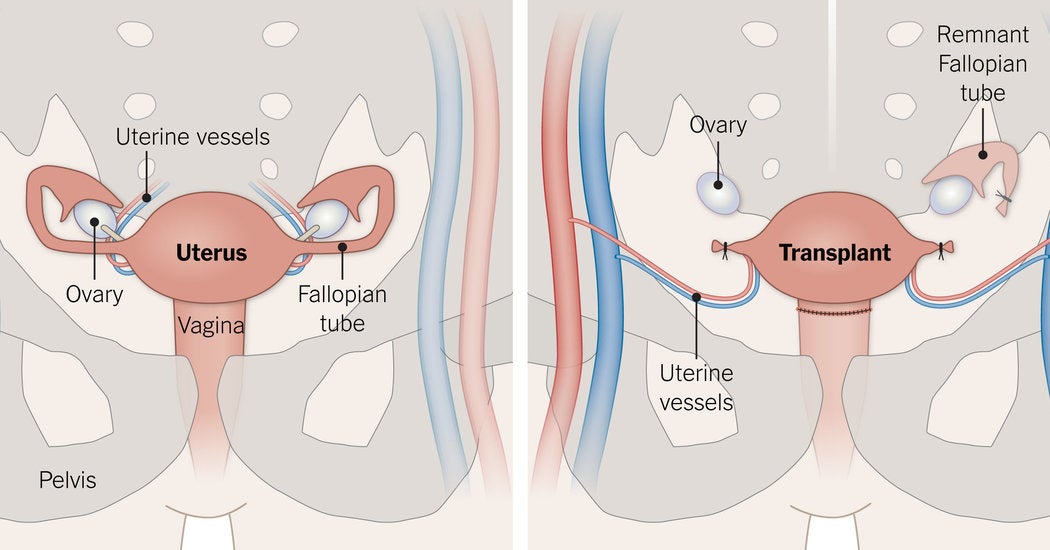Trump's Transgender Military Ban: A Clearer Look At The Arguments

Table of Contents
Arguments in Favor of the Ban
Proponents of the ban advanced several key arguments, primarily focusing on concerns regarding military readiness, resource allocation, and the maintenance of established standards.
Military Readiness and Combat Effectiveness
A central argument in favor of the ban centered on maintaining military readiness and combat effectiveness. Supporters claimed that the inclusion of transgender individuals would disrupt unit cohesion, potentially leading to decreased morale and operational efficiency.
- Disruption to Unit Cohesion: Some argued that the presence of transgender service members could cause distractions and tensions within units, hindering teamwork and overall effectiveness.
- Increased Healthcare Costs: Concerns were raised about the significant costs associated with providing medical transition services and ongoing healthcare for transgender service members, potentially straining military budgets.
- Incompatibility with Certain Roles: Specific military roles were deemed incompatible with transgender identities, raising questions about the suitability of certain individuals for particular assignments.
Counterarguments: Critics countered these claims, arguing that well-trained and integrated transgender service members have consistently demonstrated high levels of performance and dedication, and that concerns about unit cohesion are largely unfounded and based on prejudice.
Cost and Resource Allocation
Financial considerations played a significant role in the arguments supporting the ban. Proponents emphasized the perceived financial burden of accommodating transgender service members.
- Medical Transition Costs: The costs associated with hormone therapy, surgeries, and other medical treatments were highlighted as a significant financial strain on the military.
- Impact on Military Budget: Some argued that allocating resources to accommodate transgender service members would divert funds from other crucial military needs and priorities.
- Inefficiency of Resource Allocation: The perceived inefficiency of allocating resources to address the needs of a relatively small population of transgender service members was also cited as a concern.
Counterarguments: Opponents argued that the actual costs associated with accommodating transgender service members are relatively small compared to the overall military budget and that these costs are often overestimated. Moreover, they highlighted the long-term benefits of inclusivity in attracting and retaining high-quality personnel.
Standards and Regulations
The maintenance of established military standards and regulations formed another cornerstone of arguments in favor of the ban.
- Clear and Consistent Standards: Proponents stressed the need for clear, consistent standards for all service members, regardless of gender identity. They argued that accommodating transgender individuals would create complexities and inconsistencies in these standards.
- Implementation Challenges: The logistical and administrative challenges of implementing inclusive policies were also cited as a concern.
Counterarguments: Counterarguments emphasized that the military could adapt its standards and regulations to be more inclusive without compromising its effectiveness. They also argued that the perceived difficulties in implementation are surmountable with careful planning and implementation.
Arguments Against the Ban
Opponents of the ban strongly condemned it as discriminatory and argued it infringed upon fundamental rights and principles of equality.
Discrimination and Equal Opportunity
The most prominent argument against the ban centered on its discriminatory nature.
- Violation of Equal Opportunity: Critics argued that the ban violated the principle of equal opportunity, preventing qualified transgender individuals from serving their country based solely on their gender identity.
- Impact on Morale and Recruitment: The ban was seen as negatively impacting morale and potentially hindering recruitment efforts, as it sends a message of exclusion and intolerance.
- Negative Implications for Inclusivity: The ban reinforced a culture of exclusion and intolerance within the military, undermining efforts to foster a more diverse and inclusive environment.
Counterarguments: While acknowledging the potential for negative impacts, some counterarguments focused on alternative approaches to address concerns about military readiness without resorting to a complete ban.
Individual Rights and Civil Liberties
The ban was also criticized for its infringement on the fundamental civil rights and liberties of transgender individuals.
- Impact on Personal Autonomy: The ban was seen as a violation of personal autonomy and the right to self-determination.
- Freedom of Expression: Restricting transgender individuals' ability to serve was seen as an infringement on their freedom of expression and the right to live authentically.
- Right to Serve One's Country: Denying qualified individuals the opportunity to serve their country based on their gender identity was viewed as a fundamental injustice.
Counterarguments: Counterarguments attempting to justify limitations on these rights often failed to adequately address the inherent injustice of excluding individuals based on immutable characteristics.
Military Readiness and Diversity
A counterintuitive argument suggests that a more inclusive military is actually a more effective and ready military.
- Benefits of Diversity: A diverse military, including transgender service members, is argued to attract a wider range of talent, enhance problem-solving capabilities, and improve morale and unit cohesion.
- Broadening Perspectives: Diverse perspectives are crucial for navigating complex global challenges and enhancing decision-making processes within the military.
- Successful Integration in Other Militaries: Examples of successful integration of transgender individuals in other countries' militaries were cited as evidence of the feasibility and benefits of inclusivity.
Counterarguments: Counterarguments questioning the positive impact of diversity often relied on unsubstantiated claims and failed to adequately address the evidence supporting the benefits of inclusion.
Conclusion
Trump's transgender military ban remains a highly contentious issue with far-reaching implications. While proponents argued for military readiness and cost considerations, opponents highlighted the discriminatory nature of the ban and its infringement on fundamental rights. Understanding Trump's transgender military ban requires careful consideration of both sides of the debate. The ongoing impact of the ban on transgender individuals and the broader implications for military policy and LGBTQ+ rights underscore the need for continued discussion and advocacy. We urge readers to further research the topic, engage in informed discussions, and advocate for policies that promote inclusivity and equal opportunity within the military, ultimately leading to a better understanding of the debate surrounding Trump's transgender military ban and its lasting impact.

Featured Posts
-
 Palantirs Billion Dollar Trajectory Can It Become A Trillion Dollar Company By 2030
May 10, 2025
Palantirs Billion Dollar Trajectory Can It Become A Trillion Dollar Company By 2030
May 10, 2025 -
 Transgender Community Stories Of Impact From Trumps Executive Orders
May 10, 2025
Transgender Community Stories Of Impact From Trumps Executive Orders
May 10, 2025 -
 Edmonton Federal Riding Changes What Voters Need To Know
May 10, 2025
Edmonton Federal Riding Changes What Voters Need To Know
May 10, 2025 -
 Edmonton Oilers Draisaitl Sidelined Winnipeg Game In Jeopardy
May 10, 2025
Edmonton Oilers Draisaitl Sidelined Winnipeg Game In Jeopardy
May 10, 2025 -
 Live Uterus Transplants A Community Activists Proposal For Transgender Women
May 10, 2025
Live Uterus Transplants A Community Activists Proposal For Transgender Women
May 10, 2025
